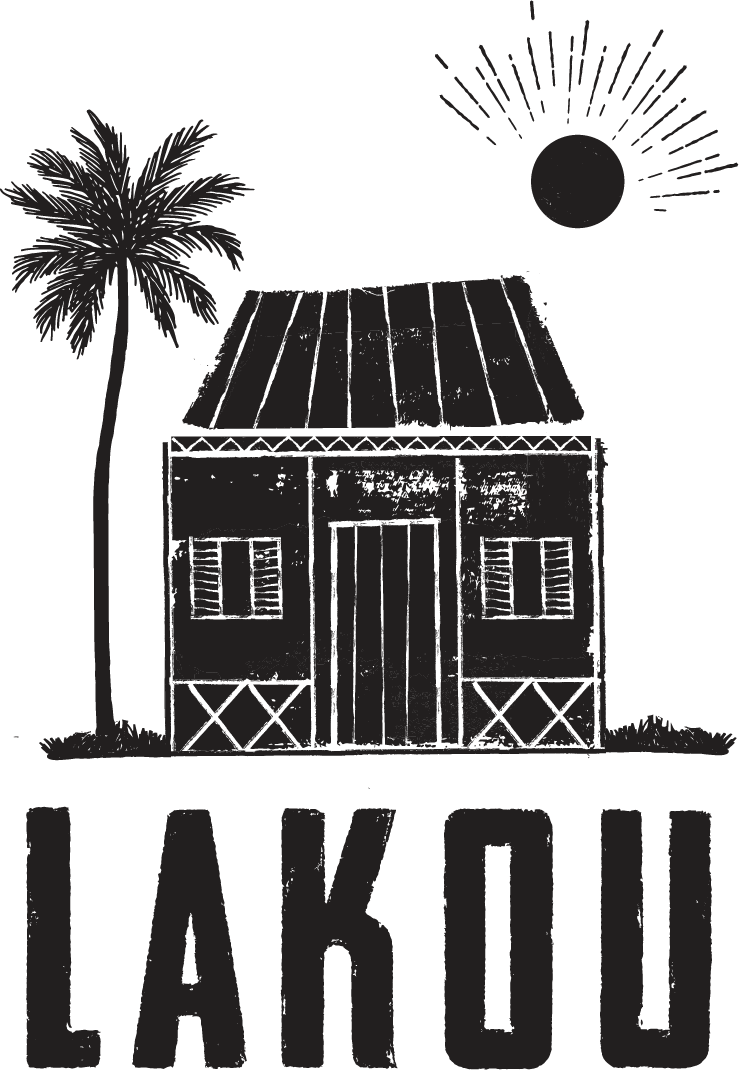Meet Steeven Labady Marcel
We had the privilege to interview the talented Haitian dancer, Steeven Labady Marcel, who is also a fan of Poisson Gro Sel and Passion Fruit (our favorites!). He spoke to us about what it means to be Haitian in the dance world and his latest project “Resilience and Hope”. Steeven’s journey into the professional dance world has been a journey that could only be fueled by resilience and hope. He is definitely an artist that is doing beautiful work and showing the world that Haitians are not only a hopeful people but an excellent people.
“I used to stay up very late watching [the ballet] Giselle. That’s when I started to think about the mechanics and the technique behind dance. I started to dance in my room and felt a freedom.”
Steeven’s interest in dance began when he was 10 years old. While attending a new elementary school, he saw some kids dancing outside. He frequently stayed after school, with the hopes of joining their group. Eventually, he was invited to join them - starting his journey in dance. Steeven is a recent graduate of the prestigious National Conservatory of Arts in the Dominican Republic.
As the first Haitian to graduate from that institution, he has a strong belief in uplifting other Haitians in dance, primarily by sharing his experience and knowledge that he’s gained through a formal dance education. Steeven has always felt a great connection to Haiti and his Haitian heritage - always appreciating the beauty and culture of his home. His Haitian heritage has been an important part of his identity and a pivotal influence in his craft.
“Shooting the video there was very meaningful for me and this film is a reminder to consciousness, a wake-up call about the story of the island, an awareness and an appreciation for our ancestors.”
This year, Steeven starred as the lead dancer in the music video “Resilience and Hope” by Charles Duke and directed by José Germán Ariza. We had Steeven tell us about some of his artistic choices, the story behind the music video, and the process of creating it.
The video was shot in Muchas Aguas in San Cristobal, Dominican Republic. This location is famous for being where the dictator Rafael Trujillo was born. And most importantly, this location has a strong Afro-descendant influence.
“The part when I stand in the water was very substantial for me. I was thinking about our ancestors who sailed the oceans with all their emotions.”
“In a very interesting way, we were playing with Mother Nature and going with the flow. People asked how did we get the piano there, in the middle of nowhere. IT WAS A MIRACLE.”
Steeven impressively shot the music video during the COVID-19 pandemic. The most difficult part of filming was the curfew and the changes due to the state of emergency. And given the shooting location, they were at the mercy of the constantly changing and difficult weather conditions. It rained every day and because of the large slope of the space, you can come back the next day and everything on the site would be different.
“I have always left a space to express my heritage and this heritage has a great influence. That’s why I work, explore, and discover every day in order to build, to develop my own style, my own language because mentality and body go hand and hand.”
Always busy and working at what he loves most, Steeven is currently seeking admittance into a dance company, while collaborating with other Haitian artists. He is also in the midst of writing a book about his life, career, family, studies, and experiences.
Be sure to follow Steeven Labady Marcel on Instagram to learn more about him and his art. Also be sure to check out “Resilience and Hope”.







